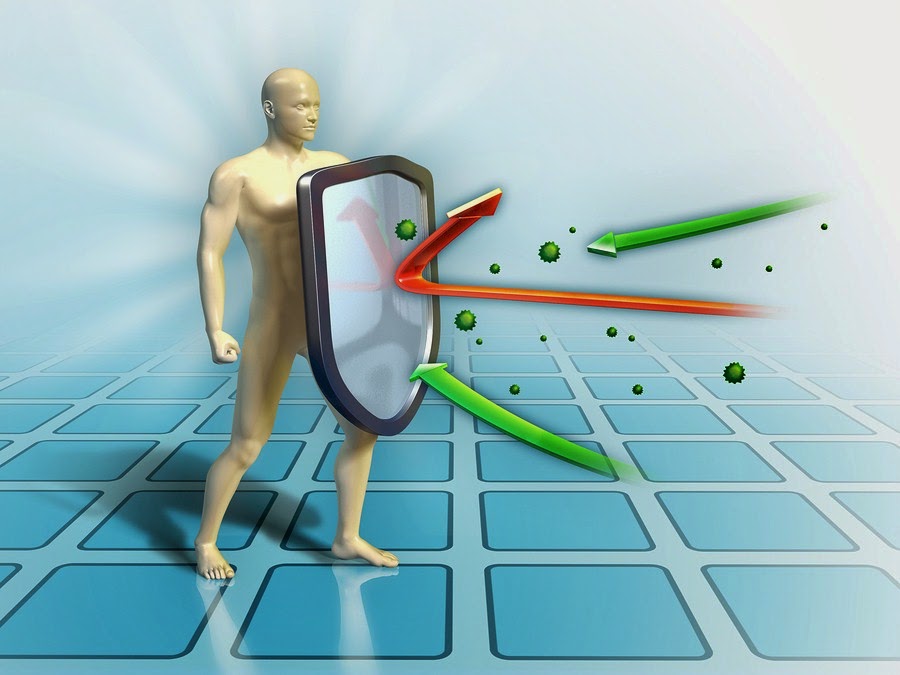 Filiform warts are long and narrow rapid growing tumors of the outer skin layer. These tumors are however non-cancerous and so pose no real danger. Filiform warts are usually finger-like shaped and project themselves from the skin. They can more easily be found in certain areas such as on the:
Filiform warts are long and narrow rapid growing tumors of the outer skin layer. These tumors are however non-cancerous and so pose no real danger. Filiform warts are usually finger-like shaped and project themselves from the skin. They can more easily be found in certain areas such as on the:• Face
• Eyelid
• Nose
• Lips
• Chin
• Neck
They are more common in elder children than any other age group. They may sometimes itch or even bleed when they become irritated. This usually happens when they are intentionally scratched or when they are accidentally rubbed against clothing.
In certain areas where they may be easily hit, they may create some discomforts and be a problem.
A filiform wart is caused by a viral infection. This viral infection is caused by the human papilloma virus or HPV for brevity.
A filiform wart is contagious. It may be transmitted:
• From an area to another area of the same body
• Directly From an individual to an individual
• Indirectly from an individual to another individual
Transmission form an area to another area of the same body can occur when the individual scratches the filfiorm wart and touches other parts of the body. This may transmit the HPV, resulting in another growth in other areas.
Direct contact with another individual may result is transmission of the virus. This occurs when another wart of another individual is touched. This many easily happen in children when they are playing team games such as football or basketball.
Touching an object touched by another person can also result in contamination. This may happen when individuals use the same towel to dry their faces. The HPV may be transferred from the face of another individual to another resulting in a filiform wart.
Filiform warts generally go away by themselves after several months or a few years.
However since they more generally occur on visible areas of the individual, they may create some discomforts relating to the aesthetic aspect. In view of this one may consider treatment.















